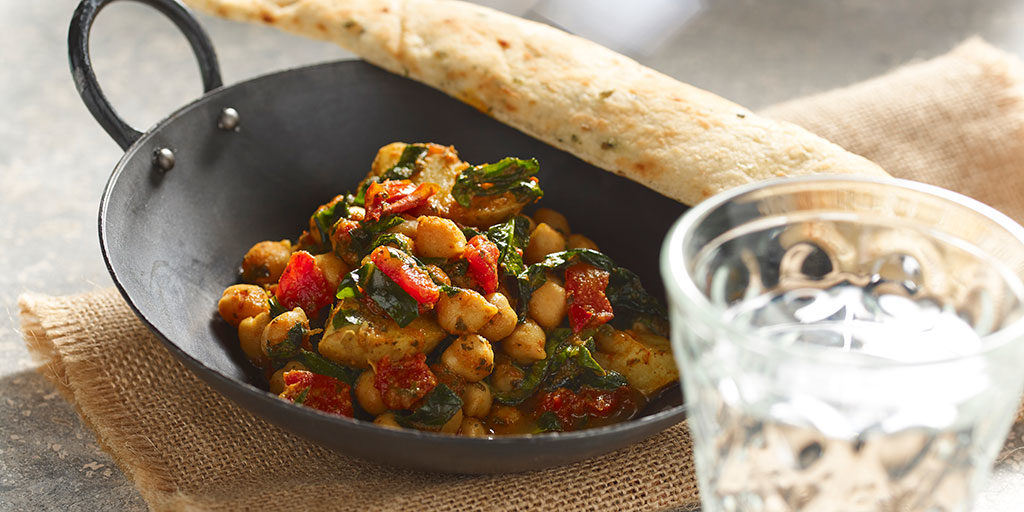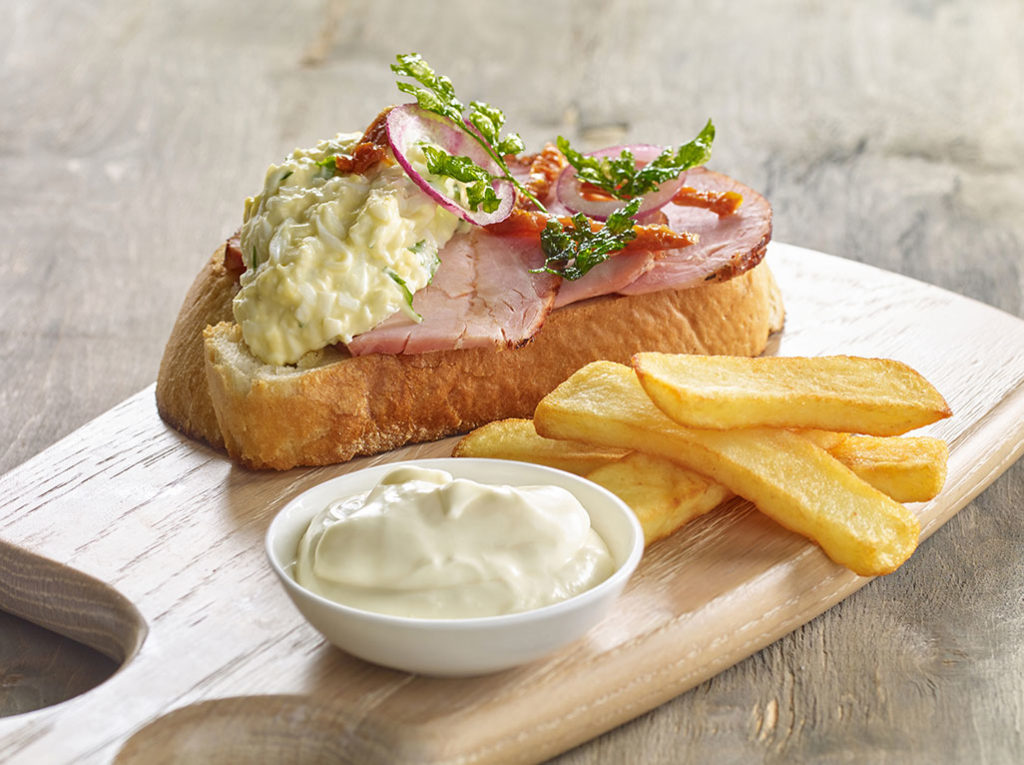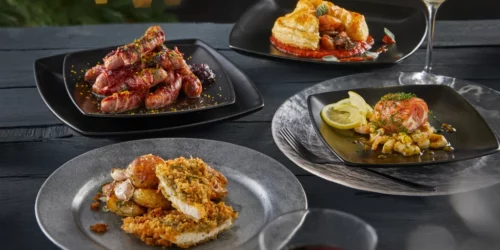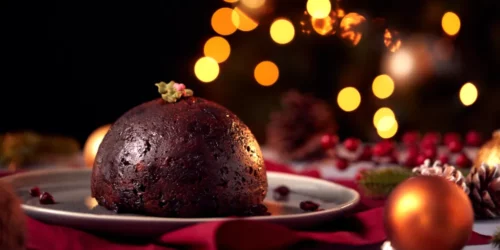Whether shooting a plate of food or capturing a beautifully decorated room in your venue, consider these seven key tips for social media posts when photographing with your camera or phone.
1 Photograph food natural light
Shoot your food pictures in daylight rather than under artificial lighting.
Artificial light such as a warm bulbs is likely to create an ugly orange or yellow colour cast in your photo.
Colour is extremely important in food photography as you want the colours of the food, plates and background elements to appear accurate. You don’t want your white rice, white plates, or white table cloth to look discoloured.
The best kind of light for food photography is soft, diffused, natural daylight. Avoid shooting in bright sun as it can cause exposure problems and cast harsh shadows.
Overcast days are perfect for food photography because the clouds act like a giant diffuser, creating a soft light with more subtle shadows.
2 What’s the best angle
Think about which angle to shoot from to make the most of the subject. Shooting from above is currently a fashionable choice (often called a flat lay) but not always the best way to show off your dish. The benefits of shooting from above means you can include all the details of the food and the background, cutlery and other objects within the scene. Also, it’s great for eliminating any distracting backgrounds in a busy room, or at an outdoor location.
However, if your subject is a drink in a glass or a cake that has some interesting layers, consider shooting from the side, you may want to shoot against a neutral background such as a wall.
If you’re unsure which angle would best capture your food, do a quick test shot. It’s amazing the difference a slight change in shooting angle will make.

3 Shadows
Shadows can make or break an image. Sometimes shadows enhance a photo, adding depth and visual interest, but other times they can ruin it by dominating too much of the picture.
Strong directional sunlight will cast hard, dark shadows, whereas an overcast day creates a more diffused light, making the shadows much softer. To avoid harsh shadows in your food photos, shoot on an overcast day or move your subject into a lightly shaded area.
If you’re shooting outdoors on a sunny day and you don’t have the option to shoot in shade, try using a white reflector to fill in the shadows with light. The light from the sun will hit the reflector and bounce back onto the subject, brightening up the shadows.
4 Consider your background
If the background is too messy or colourful, the attention may be drawn away from the food.
Using a fairly neutral background allows you to place maximum emphasis on the food in the scene.
Dark food usually looks good on a dark background, and light coloured food looks good on a light background.
Wooden backgrounds, such as tables and chopping boards, tend to look great with almost any kind of food.
You can also use a neutral wall if you’re shooting your food from one side. Experiment with different colour combinations and backdrops.
5 Arranging food and composition
Composition is important for great food photography, and the position of each element in the scene should be carefully thought out. Remember from shooting from above and from the side will require a different approach.
When composing your food photos, consider leaving some breathing space around the plate so that it doesn’t fill the entire frame. You may even want to do a closeup just showing detail.
Experiment with the position of the subjects within the space. Maybe the plate of food would look better in the centre of the frame, or perhaps it would look better positioned to one side.
6 Add to your scene
To make your photos more interesting consider decorating the scene with some other smaller items.
Non-food items such as cutlery, cooking utensils and flowers for instance. Hint of a menu (with your brand logo!), napkin, glassware, etc.
You can always add a human element. A hand or and arm for example or customers/ waiter blurred in the background all can add a sense of movement and lifestyle.

7 Discover your camera / phone features
Digital cameras and phone cameras have image adjustment features built in or you can download photo editing Apps that can enhance your photograph immensely and make an image look more fashionable and appetising.
Editing filters to look for include, vignette, colour grades, shadow lightening, contrast, sharpening to name a few.
If you don’t like to use filters, you can often use the individual adjustment tools to adjust settings such as colour saturation, temperature, etc to fine-tune your food photos until you achieve the look that you want.
Tell a story with your phone – social media features now let you run a picture story letting you put several pictures together or can create a few images side by side within 1 post.
Kindly contributed by: Hylton Photography, advertising and commercial photographer studio based in Yorkshire. Providing imagery for local, national and international clients. www.hyltonphotography.co.uk




